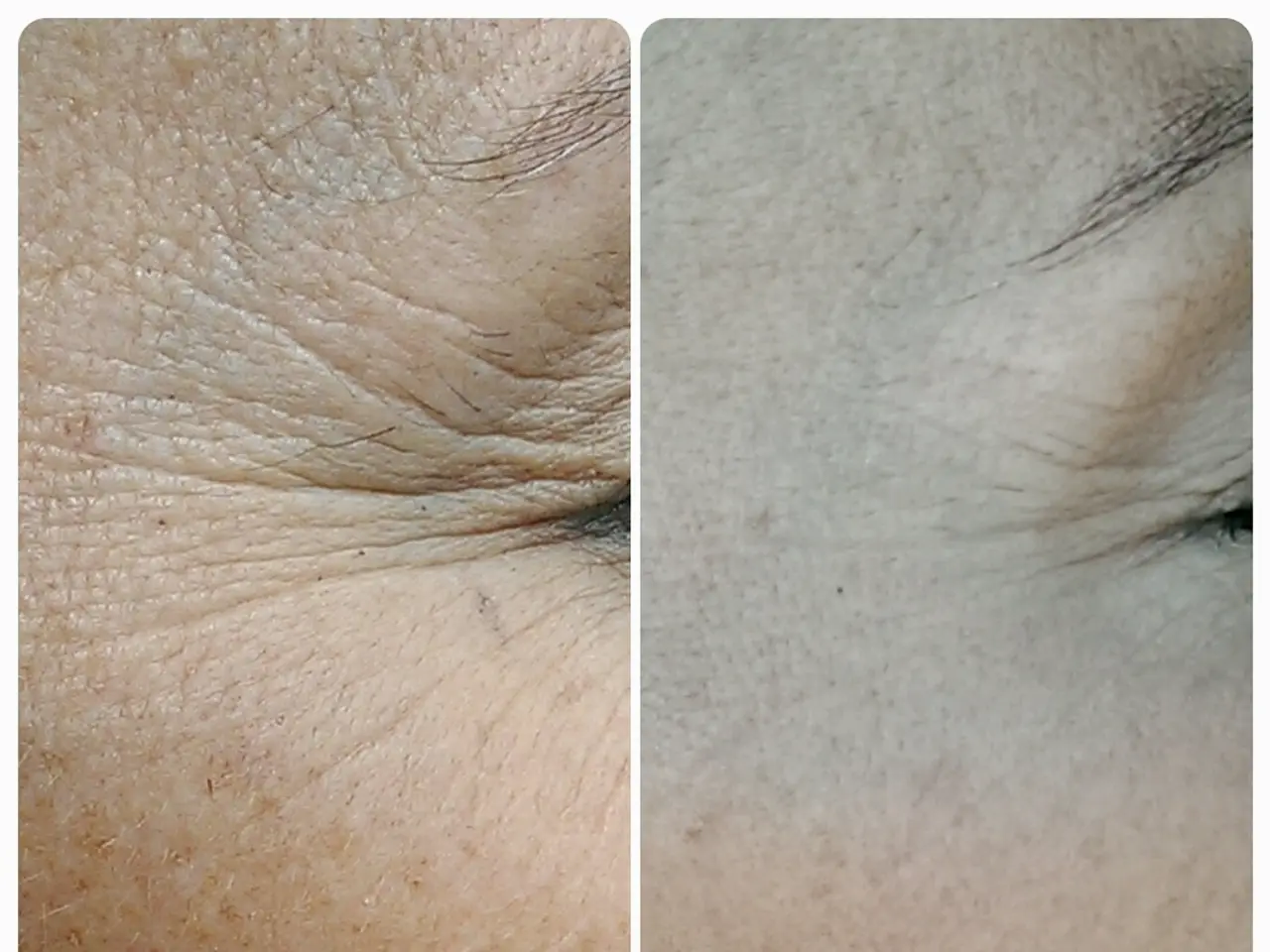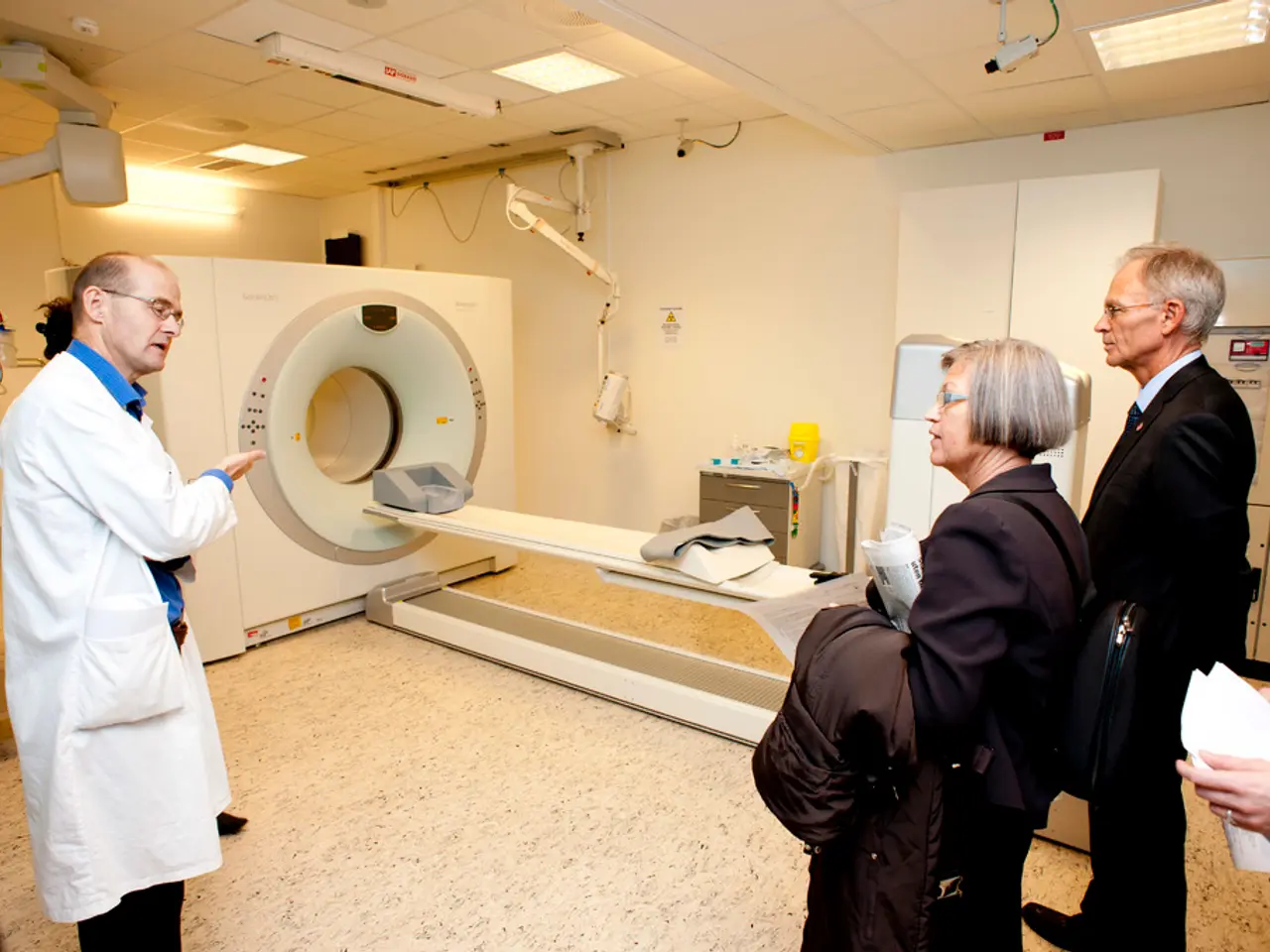Manic Elevation: Characteristics, identification, treatments, and additional insights
In the realm of mental health, two distinct conditions often associated with Bipolar Disorder are hypomania and mania. These states, while sharing some similarities, possess key differences in severity, duration, and impact on daily life.
Hypomania, a milder form of mania, is characterised by an uncharacteristic yet persistent elevation or irritability in mood, accompanied by an unusual increase in activity or energy. Lasting at least four days, hypomania causes mild impairment in daily life, with people still able to function socially and occupationally, albeit with noticeable changes such as increased energy and talkativeness.
On the other hand, mania is a more severe condition, often lasting at least a week and causing significant impairment in social and occupational functioning. Mania may require hospitalization due to risky or disruptive behaviour. It can include psychotic symptoms such as delusions or hallucinations, and severe insomnia.
Distinguishing features between the two include hospitalization needs, sleep patterns, risk behaviours, presence of psychosis, and mood and behaviour changes. Mania may require hospitalization, while hypomania generally does not. Mania's behaviours are typically more excessive and impairing than those seen in hypomania. Mania can abruptly onset, with intense euphoria or extreme irritability, while hypomania symptoms often develop gradually or abruptly but to a milder extent.
Living with Bipolar Disorder requires regular medical and psychotherapy appointments, adherence to medication, maintaining a routine for meals and sleep, getting sufficient sleep and exercise, and learning to recognise the onset of mood swings. Treating mania and hypomania can be challenging due to the need to balance medications that alleviate the manic or hypomanic episode with those that prevent future depressive episodes.
Diagnosis of hypomania involves a mental health professional considering if a person has experienced at least three symptoms or prolonged mood changes over a minimum four-day period. Hypomania can be a symptom of various mental health conditions, including Bipolar Disorder, Schizophrenia, Severe Anxiety, Severe Obsessive-Compulsive Disorder, Histrionic Personality Disorder, and Borderline Personality Disorder.
Treatment for hypomania and mania typically involves prescription drugs, such as those that alleviate the manic or hypomanic episode as it occurs (e.g., olanzapine, risperidone, and haloperidol) and those that prevent future episodes (e.g., lithium or valproic acid). Besides medication, treatment options can include psychotherapy and electroconvulsive therapy.
However, it's important to note that few studies have investigated the effectiveness of treatments for mania and hypomania specifically. Moreover, the diagnostic criteria for hypomania have changed between the DSM-5 and the older DSM-4, which could potentially lead to a delay in diagnosis for Bipolar Disorder.
In conclusion, while hypomania and mania share some similarities, they are distinct conditions with significant differences in severity, duration, and impact on daily life. Understanding these differences is crucial for early diagnosis, effective treatment, and improved management of these conditions.
In the context of health-and-wellness and mental health, understanding the differences between hypomania and mania, two states associated with Bipolar Disorder, is essential for early diagnosis, effective treatment, and improved management. Hypomania, a milder form of mania, might not require hospitalization and causes mild impairment in daily life, unlike mania, which is a more severe condition that often necessitates hospitalization due to risky or disruptive behavior.




